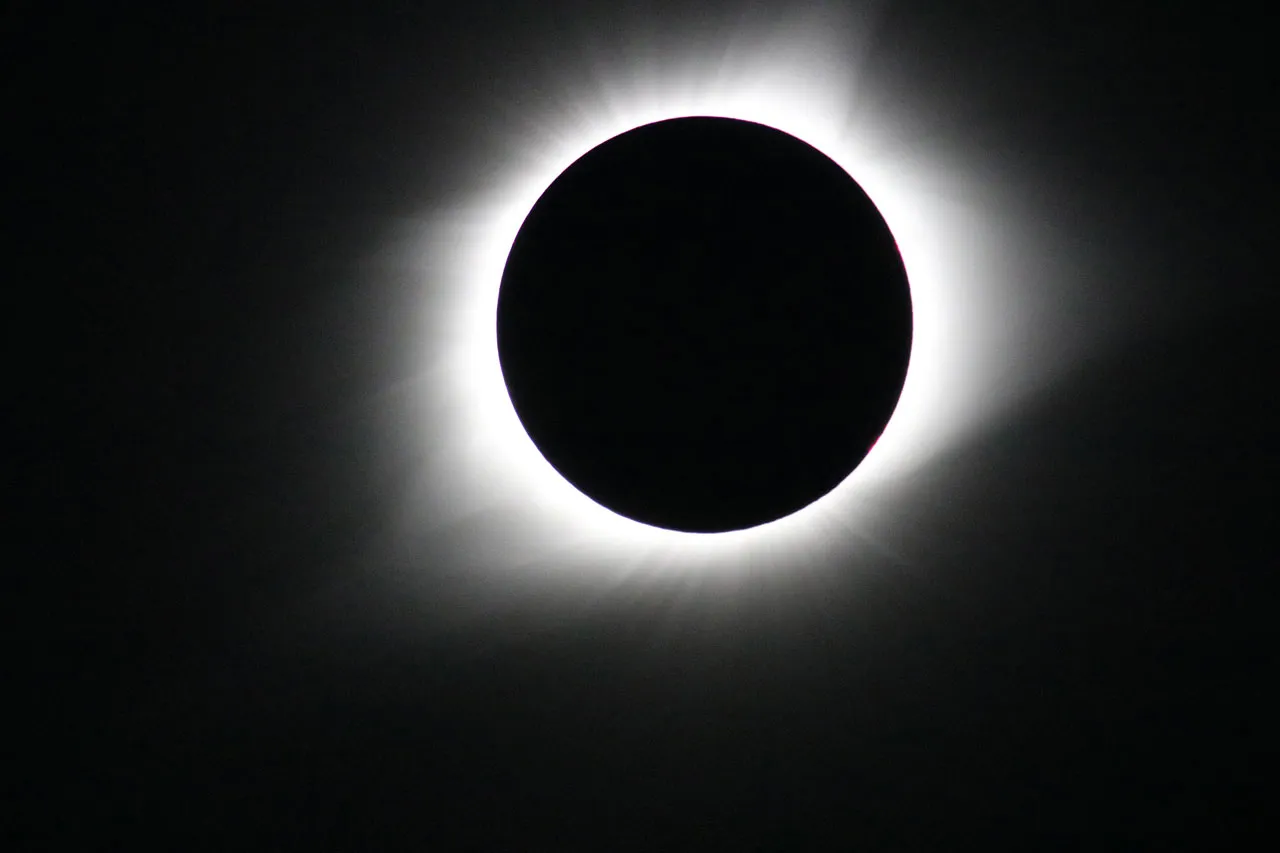In the ever-expanding canvas of the cosmos, celestial events captivate the imagination of humanity. Among these, a solar eclipse stands as a mesmerizing phenomenon, a dance of celestial bodies that enchants observers worldwide. As we eagerly anticipate the upcoming solar eclipse, we delve into the intricacies, significance, and the awe-inspiring spectacle it promises.
Table of Contents
Understanding the Solar Eclipse Phenomenon
What is a Solar Eclipse?
A solar eclipse occurs when the moon passes between the sun and the Earth, temporarily blocking the sun’s rays. This celestial alignment casts a shadow on Earth, creating a surreal moment where daylight transforms into an ethereal twilight.

Types of Solar Eclipses
- Total Solar Eclipse: Witnessing a complete solar blackout, where the sun is entirely obscured, is a rare and awe-inspiring event.
- Partial Solar Eclipse: In this celestial ballet, the moon covers only a portion of the sun, creating a breathtaking celestial crescent.
- Annular Solar Eclipse: An annular eclipse unfolds when the moon covers the center of the sun, leaving a dazzling ring, or “ring of fire” effect.
Key Details of the Upcoming Solar Eclipse
As anticipation builds for the celestial spectacle, here are crucial details for avid sky gazers:
Date and Timing
The total solar eclipse on Monday, April 8, 2024, is set to traverse North America, casting its shadow across Mexico, the United States, and Canada. Commencing its celestial journey over the vast South Pacific Ocean, weather permitting, the initial point within continental North America to witness the onset of totality is anticipated to be the Pacific coast of Mexico at approximately 11:07 a.m. PDT.
Geographic Visibility
The trajectory of the eclipse extends from the borders of Mexico, traversing the United States through Texas, weaving its celestial path through Oklahoma, Arkansas, Missouri, Illinois, Kentucky, Indiana, Ohio, Pennsylvania, New York, Vermont, New Hampshire, and Maine. Certain regions of Tennessee and Michigan will also be privy to the complete solar eclipse phenomenon. Venturing into Canada, the eclipse will make its presence felt in Southern Ontario, proceeding gracefully through Quebec, New Brunswick, Prince Edward Island, and Cape Breton. The culmination of the eclipse’s North American sojourn will transpire on the Atlantic coast of Newfoundland, Canada, precisely at 5:16 p.m. NDT.

Why the Upcoming Solar Eclipse is a Must-Watch
Astronomical Marvel
The alignment of the sun, moon, and Earth during a solar eclipse is a testament to the precision of celestial mechanics. Observing this rare event provides a profound connection to the grandeur of the universe.
Cultural Significance
Throughout history, solar eclipses have been infused with cultural and religious significance. Different cultures interpret these celestial occurrences in unique ways, contributing to a rich tapestry of beliefs and traditions.
Safety Measures for Observing the Solar Eclipse
While the solar eclipse promises a celestial spectacle, it’s crucial to prioritize safety during observation:
- Use Protective Eyewear: Safeguard your eyes with certified solar viewing glasses to prevent damage caused by direct sunlight.
- Projection Techniques: Explore creative ways to project the solar image, turning any surface into a canvas for the cosmic display.
Conclusion
As we await the celestial grandeur of the upcoming solar eclipse, let the anticipation build for a cosmic spectacle that transcends time and connects us to the vastness of the universe. The beauty of a solar eclipse lies not just in its scientific marvel but in the shared awe and wonder it evokes in hearts around the world.
For more celestial insights and cosmic wonders, stay tuned to newsbirdseye.com – your guide to the universe’s captivating mysteries.
For additional learning you can refer here.
For information on Genetic drift refer here.


1 thought on “Unveiling the amazing Celestial Spectacle: Upcoming Solar Eclipse”